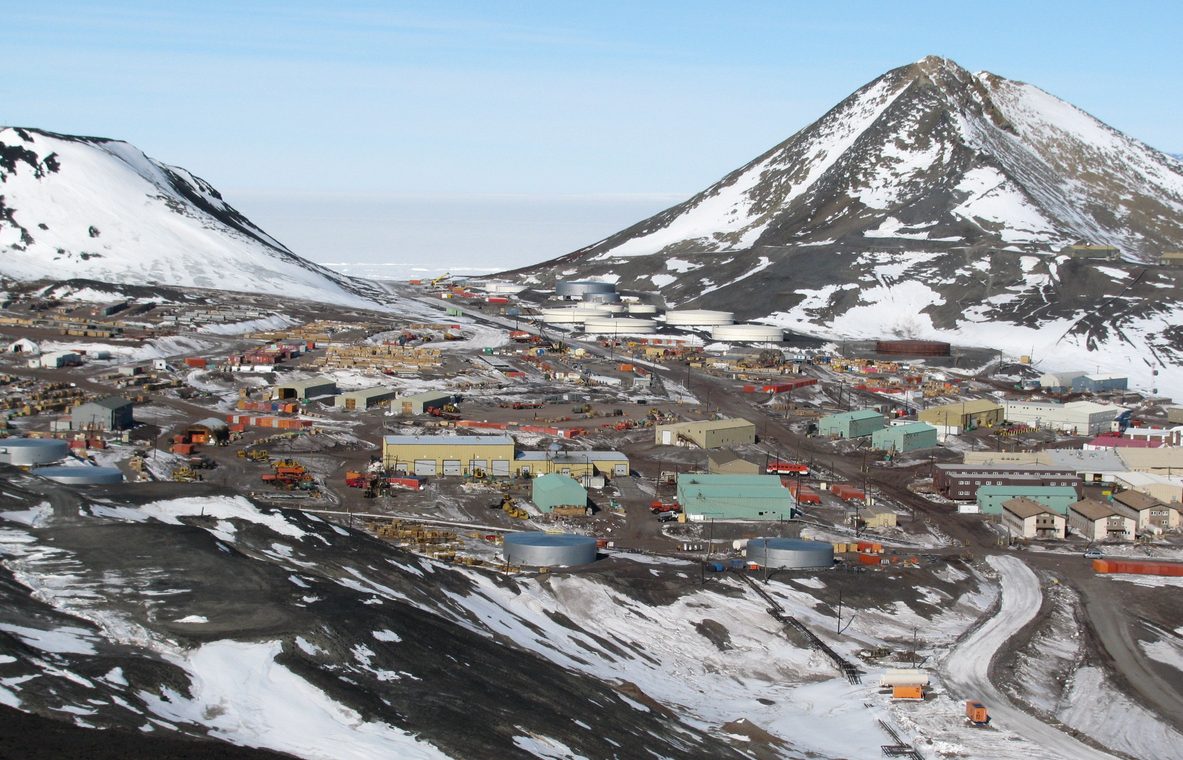In December, China started building a new Antarctic research station, which shouldn’t have happened until the proposal had been considered at this year’s Antarctic treaty meetings, writes Paul Broady on Stuff.
An excerpt (read in full):
Such contraventions are not unusual. Indeed, the final decision on whether to start construction rests solely with the proposing country.
Antarctica is mostly pristine. Ice-free areas comprise about 0.3 per cent of a continent nearly twice the size of Australia. In these areas, the most obvious inhabitants are moss, lichen and algae. Their growth is very slow.
Although tough enough to survive a harsh environment, they are easily disturbed by humans. A footprint can obliterate a centuries-old lichen.
Life is richest within 5 kilometres of the coast. This is also where most research stations are found.
Sixty-nine of Antarctica’s 76 stations are on ice-free areas. The South Shetland Islands under Argentina have 20 stations, all on small exposures of land. A similar proliferation is developing in the vicinity of Inexpressible Island.
